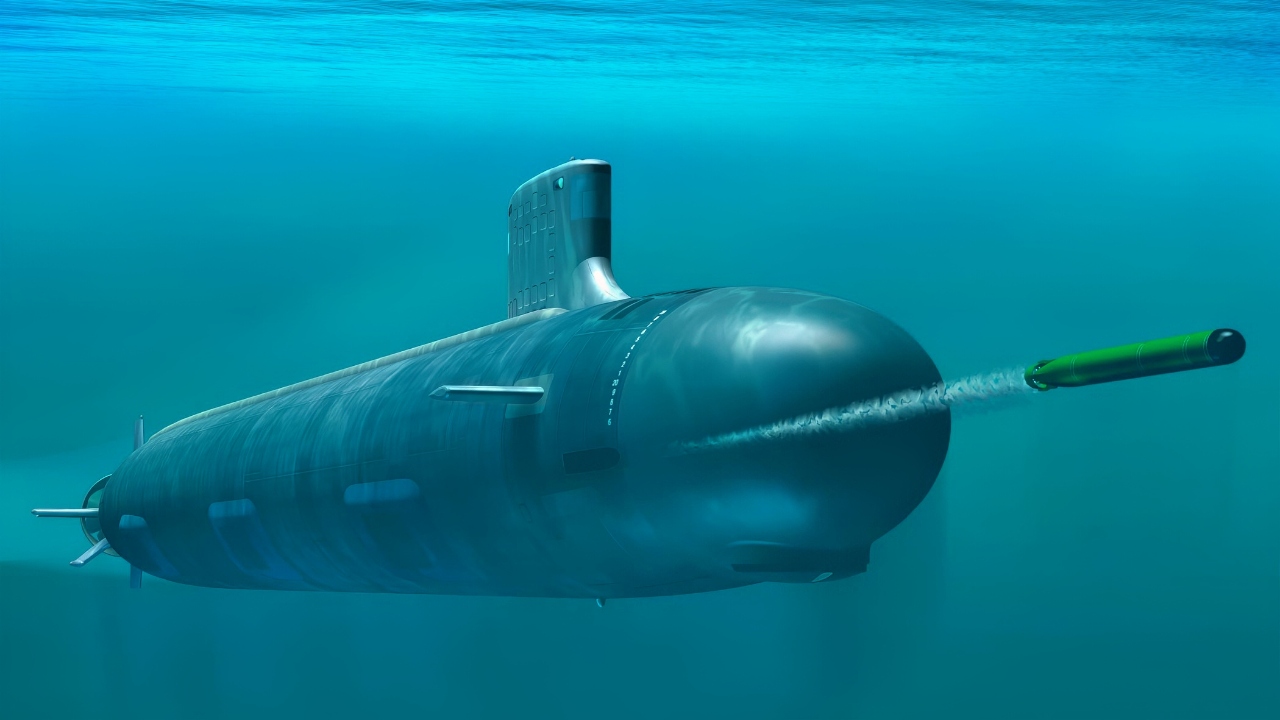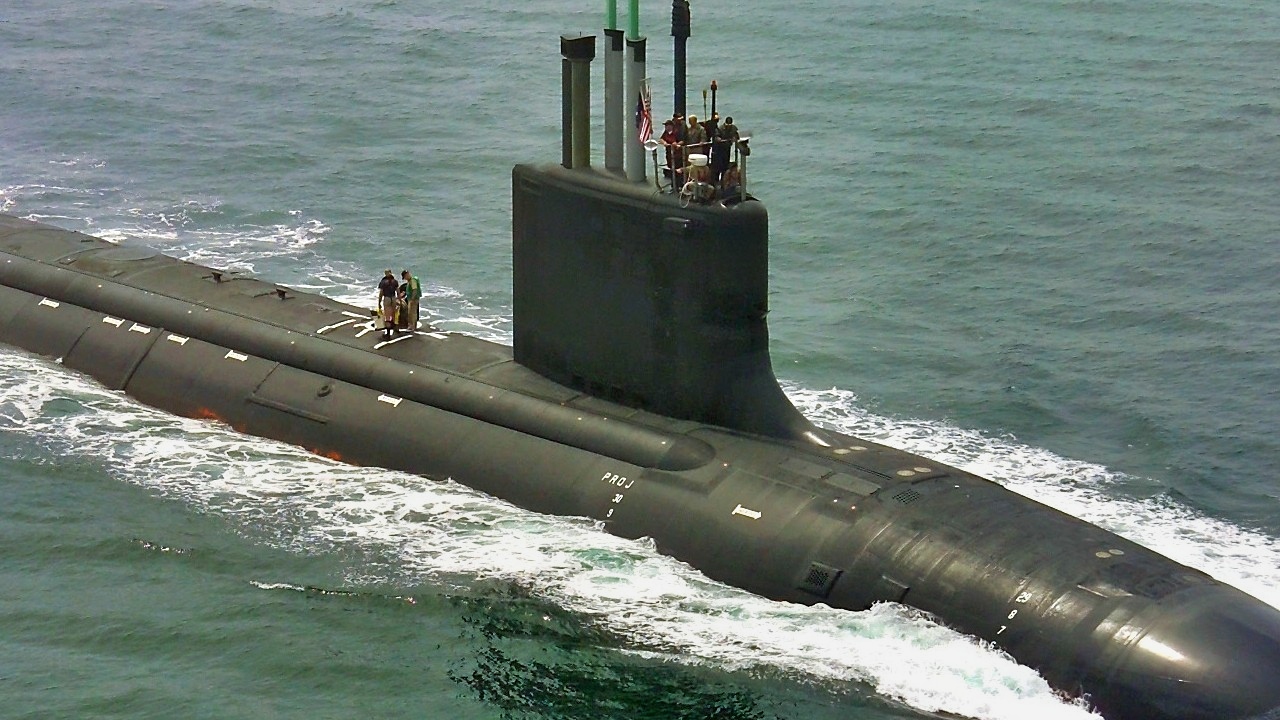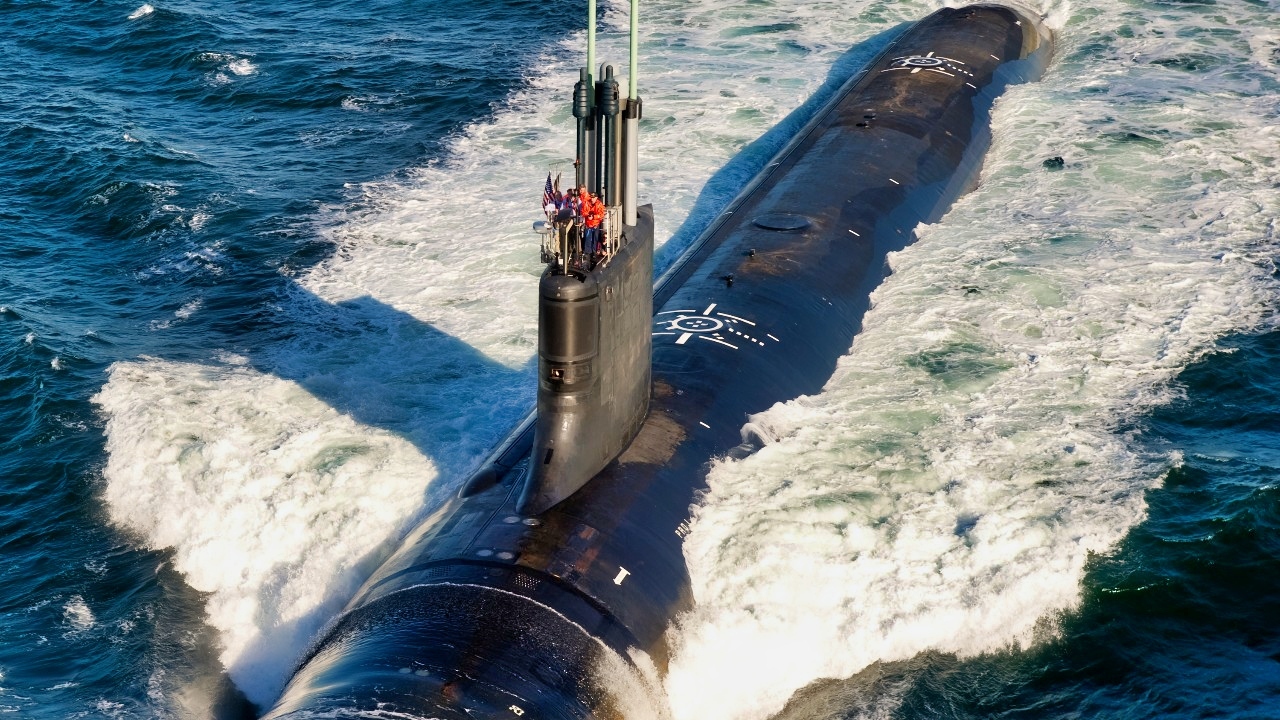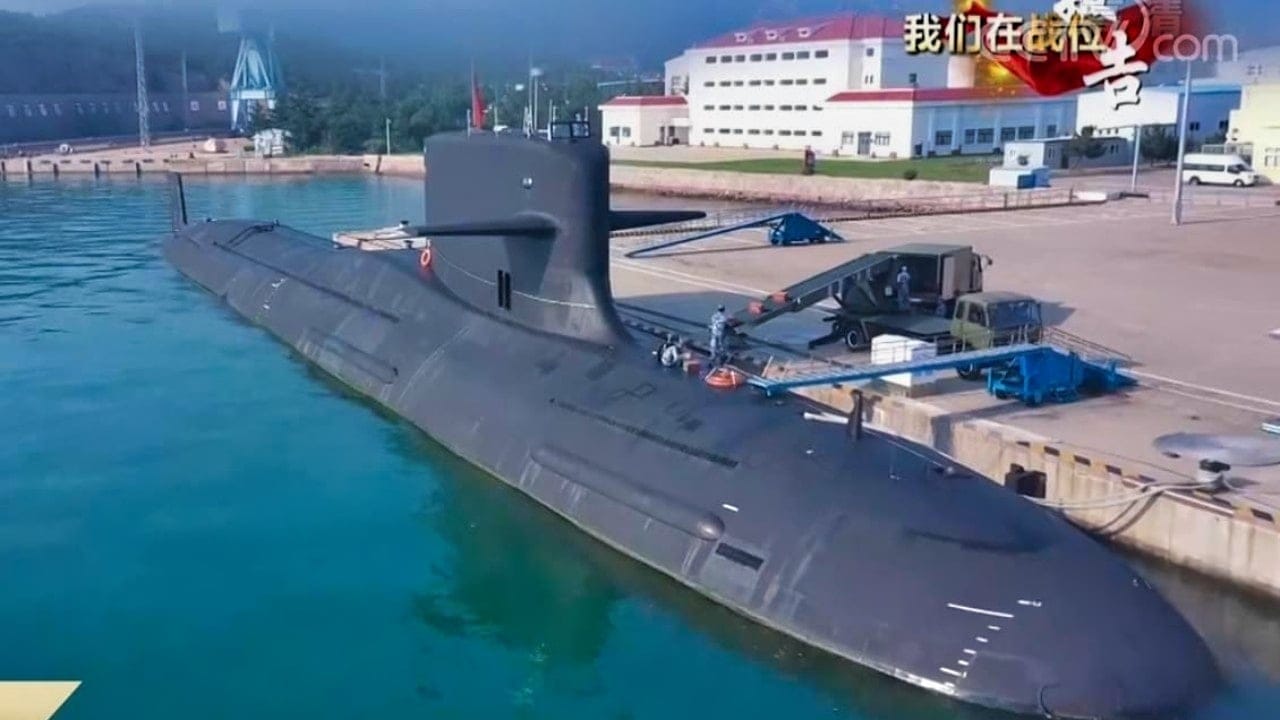Key Points and Summary – China’s Type 039A Yuan-class submarine is an “ultra-quiet” attack boat equipped with Air-Independent Propulsion (AIP).
-This key technology allows it to remain submerged for weeks, making it exceptionally stealthy—even quieter than some nuclear submarines.

SSN 774 Virginia Class Submarine Artist Rendering from U.S. Navy.
-While slower than U.S. nuclear boats and vulnerable once detected, the Yuan-class is designed to “hide and loiter” in coastal waters, posing a significant anti-ship missile threat, particularly in a Taiwan contingency.
-China is already developing a next-generation hybrid nuclear/AIP successor, the Type 041.
Meet China’s New Type 039A and Type 041 Submarines
Armed with wake-homing torpedoes, anti-ship missiles, and naval mines, China’s ultra-quiet Type 039A attack submarine is the first “Air Independent Propulsion” (AIP) undersea attack boat operated by the People’s Liberation Army-Navy.
The ship is coated with anti-sonar anechoic tiles to reduce the risk of acoustic detection, has six torpedo tubes, and can launch YJ-18 anti-ship missiles.
While non-nuclear AIP submarines such as the Type 039A are slower, less capable, and less maneuverable than nuclear-powered submarines, they offer the unparalleled advantage of operating for weeks without surfacing.
This massively increases stealth, as oxygen is generated by fuel cells on board the submarine, allowing it to remain submerged for weeks at a time.
This increases survivability by making the submarine less detectable and increasing the likelihood of a successful surprise attack or clandestine undersea reconnaissance mission.
AIP Propulsion
An assessment of the Type 039A submarine written in “Seaforces-online” cites a US Naval Institute analysis stating that the “Yuan-class” AIP submarines are primarily intended to operate as anti-ship cruise missile platforms; as AIP submarines, they are capable of essentially “hiding” and “loitering” for long periods of time undetected, to be in an advantageous position to launch surprise attacks on surface ships from littoral waterways.

Groton, Conn. (July 30, 2004) – The nation’s newest and most advanced nuclear-powered attack submarine and the lead ship of its class, PCU Virginia (SSN 774) returns to the General Dynamics Electric Boat shipyard following the successful completion of its first voyage in open seas called “alpha” sea trials. Virginia is the Navy’s only major combatant ready to join the fleet that was designed with the post-Cold War security environment in mind and embodies the war fighting and operational capabilities required to dominate the littorals while maintaining undersea dominance in the open ocean. Virginia and the rest of the ships of its class are designed specifically to incorporate emergent technologies that will provide new capabilities to meet new threats. Virginia will be delivered to the U.S. Navy this fall. U.S. Navy photo by General Dynamics Electric Boat (RELEASED)
Nuclear-powered submarines, such as the US Navy’s Virginia-class, are faster and much more capable.
Yet, their reactors and cooling systems generate an acoustic signature that is more detectable than that of AIP submarines. At the same time, advanced Virginia-class submarines have been upgraded in recent years with enhanced quieting technologies such as coating materials and noise-reducing engine systems.
The PLAN is estimated to operate 20-to-25 Yuan-class submarines, a fleet size that could present an area threat or an undersea envelope for protection and surveillance.
While the AIP Type 039A could be “quieter” than US Navy Virginia-class submarines in some respects, once detected, they are likely to be far more vulnerable to being destroyed as they lack the power, speed, and maneuverability of Virginia boats.
Type 041 Submarines
The PLAN is already building its next generation of attack submarines, which aim to integrate nuclear propulsion with AIP simultaneously.
The Type 041 Zhou-class submarines are a first of their kind for China, as they are the first submarines with a nuclear reactor. This results in a hybrid propulsion system that integrates a conventional diesel-electric engine with a small, low-power nuclear reactor for AIP.
The two systems are intended to augment one another and, ideally, combine the stealth and quieting technology of AIP with the speed, power, and performance of nuclear propulsion.

Virginia-Class Submarine. Image Credit: Creative Commons.
Type 041 submarines also feature an “X”-shaped stern, an innovation that adds quieting technology while increasing maneuverability and supporting a smoother, quieter glide path through the water.
Interestingly, the US Navy’s Columbia-class nuclear-armed ballistic missile submarines also feature an X-shaped stern.
Taiwan Strait
One area of concern for the Pentagon regarding Type O39A submarines is Taiwan, as the quiet, AIP-enabled submarine might be able to loiter and hide in strategically vital areas where US and allied ships may wish to defend the Taiwanese coastline.
Given that Taiwan is roughly 100 miles from mainland China, it seems Type 039A attack submarines might be in a position to support a Chinese amphibious attack on Taiwan.
About the Author: Kris Osborn
Kris Osborn is the President of Warrior Maven – Center for Military Modernization. Osborn previously served at the Pentagon as a highly qualified expert in the Office of the Assistant Secretary of the Army—Acquisition, Logistics & Technology. Osborn has also worked as an anchor and on-air military specialist at national TV networks. He has appeared as a guest military expert on Fox News, MSNBC, The Military Channel, and The History Channel. He also has a Master’s Degree in Comparative Literature from Columbia University.
More Military
The Army’s AbramsX Tank Boils Down to 1 Word
China’s Big Plan To Sink U.S. Navy Aircraft Carriers Comes Down to 4 Words
The New Air Force B-21 Raider Isn’t Just a Stealth Bomber
The F-22 ‘Super’ Stealth Fighter Is Coming
The Real Reason U.S. Air Force Recruiting Numbers Are Surging
